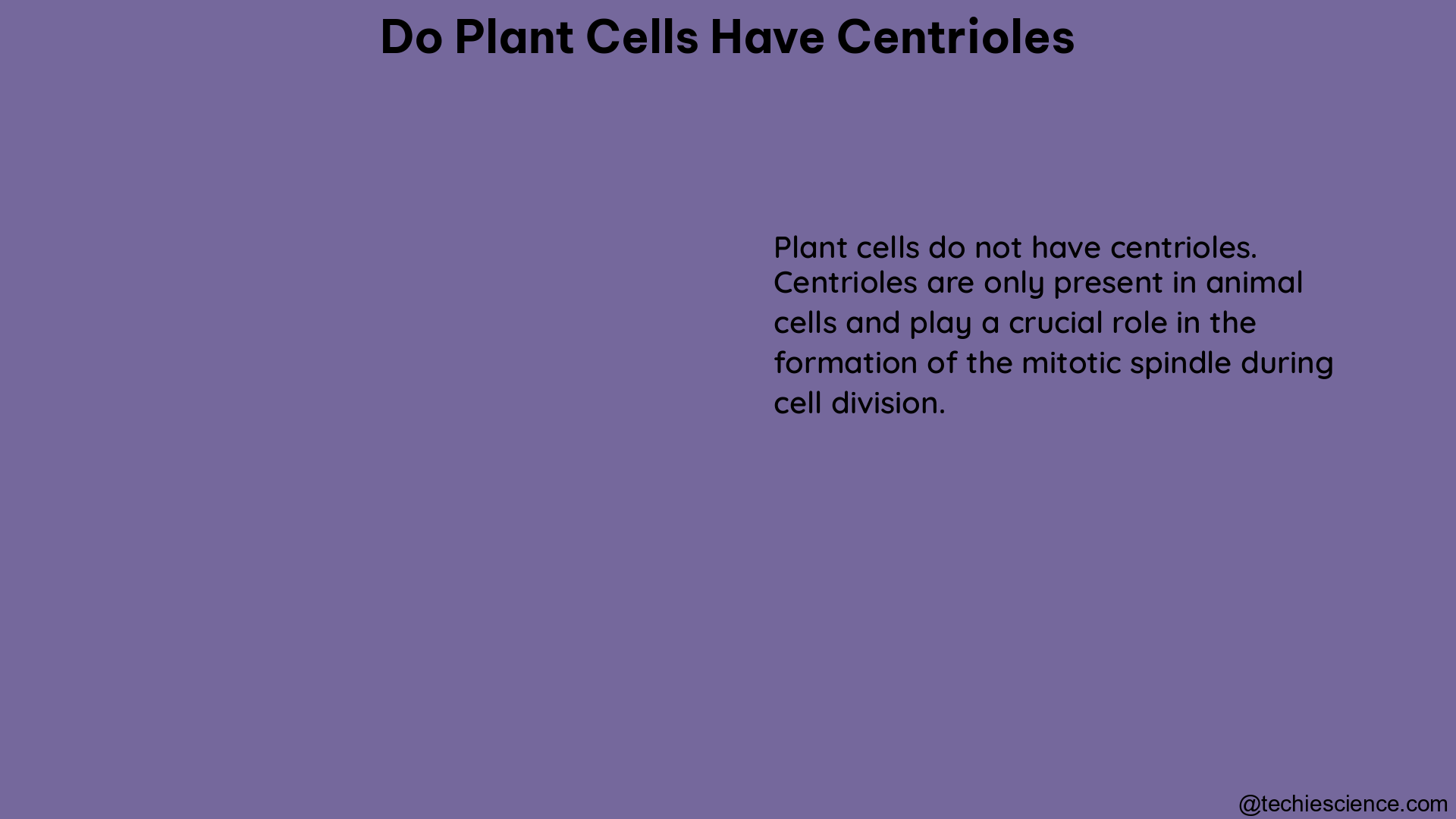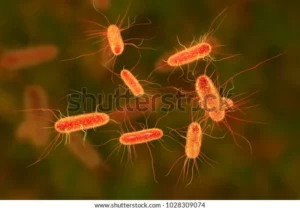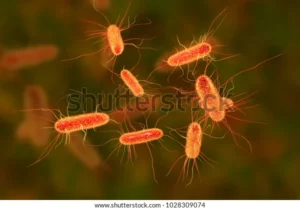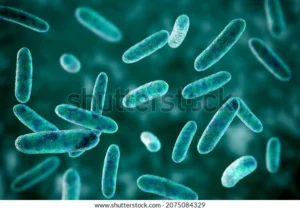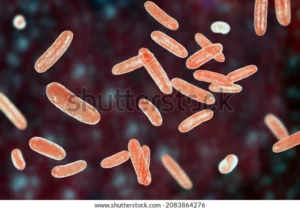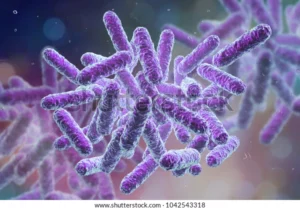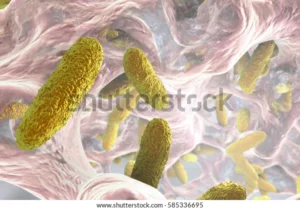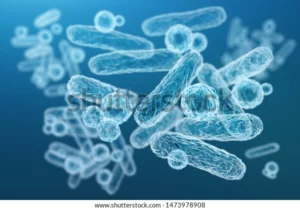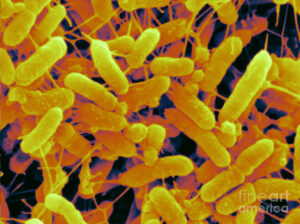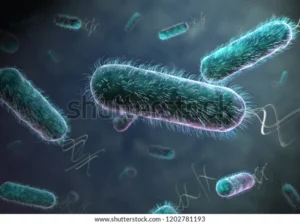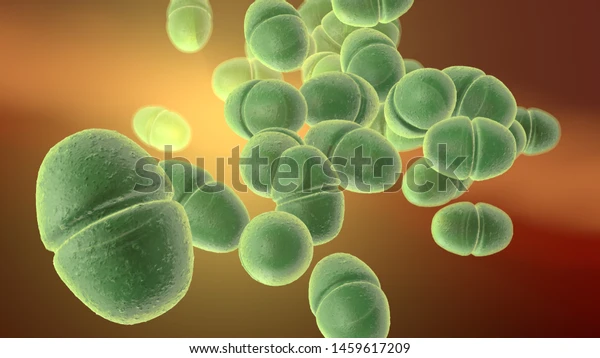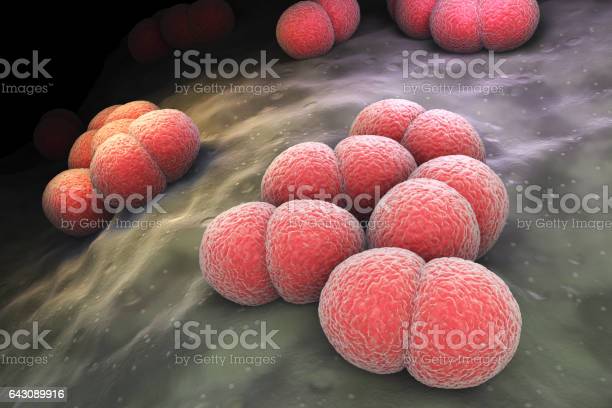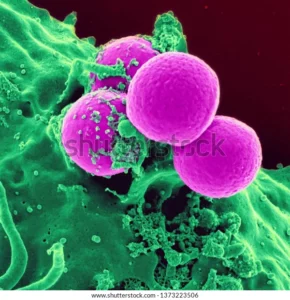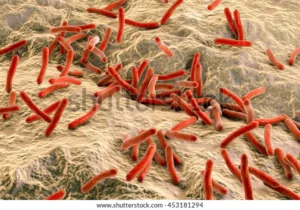Summary
Primary active transport is a fundamental biological process that utilizes metabolic energy, often in the form of ATP, to move molecules and ions across cell membranes against their electrochemical gradients. This mechanism is crucial for maintaining the proper concentrations of various substances within living cells and plays a pivotal role in generating membrane potentials, which are essential for numerous cellular functions.
Understanding Primary Active Transport

The Sodium-Potassium Pump
One of the most well-studied primary active transport systems is the sodium-potassium pump, also known as the Na+/K+ ATPase. This membrane-bound enzyme is responsible for maintaining the appropriate concentrations of sodium and potassium ions within cells. According to a study by Field (2003), the sodium-potassium pump actively transports three sodium ions out of the cell for every two potassium ions it moves in, creating an electrochemical gradient that drives various secondary active transport processes.
The sodium-potassium pump is found in the plasma membrane of almost all animal cells and is particularly abundant in nerve and muscle cells, where it plays a crucial role in generating and maintaining the resting membrane potential. This membrane potential is essential for the transmission of nerve impulses and the proper functioning of excitable tissues.
ATP Consumption in Primary Active Transport
Primary active transport processes, such as the sodium-potassium pump, require a significant amount of energy in the form of ATP. It has been estimated that up to 70% of the ATP consumed by a resting mammalian cell is used to maintain the correct concentrations of sodium and potassium ions (Lodish et al., 2000). This high energy demand underscores the importance of primary active transport in cellular homeostasis and the maintenance of electrochemical gradients.
Membrane Potential and Primary Active Transport
The electrochemical gradients generated by primary active transport processes, like the sodium-potassium pump, are essential for the establishment and maintenance of the membrane potential. This membrane potential is a crucial factor in various cellular processes, including:
- Nerve Impulse Transmission: The membrane potential generated by the sodium-potassium pump is the driving force behind the propagation of nerve impulses along the axons of neurons.
- Muscle Contraction: The membrane potential is necessary for the proper functioning of muscle cells, as it is involved in the initiation and regulation of muscle contractions.
- Secretion and Absorption: The membrane potential plays a vital role in the secretion and absorption of various substances, such as ions, nutrients, and waste products, across epithelial cell layers.
- Cell Signaling: The membrane potential is a key component in numerous cell signaling pathways, where changes in the potential can trigger specific cellular responses.
Specialized Primary Active Transport Systems
In addition to the sodium-potassium pump, there are numerous other primary active transport systems found in living organisms, each with its own unique function and characteristics. Some examples include:
-
Calcium Pumps: These pumps actively transport calcium ions (Ca2+) out of the cell or into organelles, such as the endoplasmic reticulum and mitochondria, against their concentration gradients. Calcium pumps are essential for regulating intracellular calcium levels, which are crucial for various cellular processes, including signaling, muscle contraction, and apoptosis.
-
Proton Pumps: Proton pumps, such as the vacuolar H+-ATPase, actively transport protons (H+) across membranes, often from the cytoplasm into organelles or the extracellular space. These proton gradients are used to drive the transport of other molecules and ions, as well as to maintain the appropriate pH levels within cellular compartments.
-
Heavy Metal Pumps: Some organisms, particularly bacteria and plants, possess primary active transport systems that actively pump out heavy metal ions, such as cadmium, lead, and mercury, to maintain low intracellular concentrations and protect the cell from toxicity.
-
Phosphate Pumps: Phosphate is an essential nutrient for living organisms, and primary active transport systems, such as the sodium-dependent phosphate cotransporter, are responsible for actively transporting phosphate into cells against its concentration gradient.
These specialized primary active transport systems play crucial roles in a wide range of cellular processes, from ion homeostasis and pH regulation to nutrient uptake and heavy metal detoxification.
Measuring Primary Active Transport
Researchers have developed various techniques to quantify and study the different aspects of primary active transport processes. Some of the commonly used methods include:
Flux Measurements
By measuring the net movement of specific ions or molecules across a membrane, researchers can determine the rate and direction of primary active transport. For example, the flux of sodium and potassium ions can be used to calculate the activity of the sodium-potassium pump.
Enzyme Activity Assays
Primary active transport systems often involve membrane-bound enzymes, such as the sodium-potassium ATPase. Enzyme activity assays can be used to measure the catalytic activity of these enzymes, providing insights into the kinetics and regulation of primary active transport processes.
Membrane Potential Measurements
The membrane potential generated by primary active transport is a crucial parameter that can be measured using techniques like patch-clamp electrophysiology or fluorescent dye-based imaging. These measurements can reveal the contribution of primary active transport to the overall membrane potential and its role in various cellular processes.
ATP Consumption Quantification
As mentioned earlier, primary active transport processes consume a significant amount of cellular ATP. By measuring the rate of ATP hydrolysis or the oxygen consumption associated with ATP synthesis, researchers can estimate the energy requirements of primary active transport systems.
Molecular and Genetic Approaches
Advances in molecular biology and genetics have enabled researchers to identify, characterize, and manipulate the genes and proteins involved in primary active transport. Techniques like gene expression analysis, protein purification, and site-directed mutagenesis have provided valuable insights into the structure, function, and regulation of primary active transport systems.
Conclusion
Primary active transport is a fundamental biological process that plays a crucial role in maintaining the proper concentrations of ions and molecules within living cells. By utilizing metabolic energy, often in the form of ATP, primary active transport systems, such as the sodium-potassium pump, generate electrochemical gradients that drive various secondary transport processes and contribute to the establishment of the membrane potential.
Researchers have developed a range of techniques to quantify and study different aspects of primary active transport, including flux measurements, enzyme activity assays, membrane potential measurements, ATP consumption quantification, and molecular and genetic approaches. These tools have provided valuable insights into the mechanisms, regulation, and physiological importance of primary active transport in diverse cellular processes.
Understanding the intricacies of primary active transport is crucial for advancing our knowledge of cellular homeostasis, signaling, and the pathophysiology of various diseases. Continued research in this field will undoubtedly lead to new discoveries and applications in the fields of biology, medicine, and biotechnology.
References:
- Field, M. (2003). Intestinal ion transport and the pathophysiology of diarrhea. J. Clin. Invest., 111(7), 931–943. http://dx.doi.org/10.1172%2FJCI200318326
- Lodish, H., Berk, A., Zipursky, S. L., Matsudaira, P., Baltimore, D., & Darnell, J. (2000). Cotransport by symporters and antiporters. In Molecular cell biology(4th ed., section 15.6). New York, NY: W. H. Freeman. Retrieved from http://www.ncbi.nlm.nih.gov/books/NBK21687/
- Lodish, H., Berk, A., Zipursky, S. L., Matsudaira, P., Baltimore, D., & Darnell, J. (2000). Intracellular ion environment and membrane electric potential. In Molecular cell biology(4th ed., section 15.4). New York, NY: W. H. Freeman. Retrieved from http://www.ncbi.nlm.nih.gov/books/NBK21627/
- Alberts, B., Johnson, A., Lewis, J., Raff, M., Roberts, K., & Walter, P. (2002). Molecular biology of the cell (4th ed.). New York, NY: Garland Science.
- Skou, J. C. (1998). The identification of the sodium-potassium pump (Na+/K+-ATPase): a personal account. Biochim. Biophys. Acta, 1154(1), 1–27. https://doi.org/10.1016/s0005-2728(98)00026-7
- Palmgren, M. G., & Nissen, P. (2011). P-type ATPases. Annu. Rev. Biophys., 40, 243–266. https://doi.org/10.1146/annurev.biophys.093008.131331
- Gadsby, D. C. (2009). Ion channels versus ion pumps: the principal difference, in principle. Nat. Rev. Mol. Cell Biol., 10(5), 344–352. https://doi.org/10.1038/nrm2668

